Update to offsite collection retrievals
- What's On
- Collections
- Research
- Stories
- Visit us
- About Us
- Get involved

What can I do with data?
Cultural institutions such as Galleries, Libraries and Museums (GLAM) are fascinating because of the rich resources of information they have and the potential for exploring hidden treasures.
On this page we've provided a very brief selection of tools you can use to manipulate data from us. There is a range of examples and tools available to explore. Tell us if you find more!
People to follow
Tim Sherratt: Historian and hacker who researches the possibilities and politics of digital cultural collections. He has been creating online resources relating to archives, museums and history since 1993
Paul Hagon: Senior Web Designer at the National Library of Australia and who has been working on the web in cultural institutions since 1999. He likes to use technology in a relevant way to enrich the way we can interact with these resources.
How to code
Learn how to code through online tutorials that guide you through practical examples of coding. There are many levels of tutorials that you can explore and have fun with.
Code.org: Tutorials for coding
Code Academy: Codecademy is an online interactive platform that offers free coding classes in 10 different programming languages including Python, Java, PHP, JavaScript (jQuery, AngularJS), Ruby, and SQL, as well as markup languages HTML and CSS
Analysing data
WTFcsv: WTFcsv tells you WTF is going on with your .csv file.
Trove
Trove Find and get over 490,215,255 Australian and online resources: books, images, historic newspapers, maps, music, archives and more. And, Trove is not just a website, it's a platform for building your own tools and resources.
Using the Trove API: provides detailed technical information about Trove's Application Programming Interface (API).
Trove API Console: Got your API? Now get started.
Visualising data
Plotly: Online analytics and data visualisation tool.
Digital heritage handbook
Digital Heritage handbook: Tim Sherratt's digital heritage handbook offers a range of examples, tips and tools for the manipulation of data from heritage institutions
Maps
Esri Story Maps: Let you combine authoritative maps with narrative text, images, and multimedia content. They make it easy to harness the power of maps and geography to tell your story.
Map Warper: A free, open source map warper/map geo-rectifier, and image geo-reference tool.
StoryMap JS by KnightLab: StoryMapJS is a free tool to help you tell stories on the web that highlight the locations of a series of events.
Analyse text
WordCounter: This tool helps you count words, bigrams, and trigrams in plain text. This is often the first step in quantitative text analysis.
Voyant Tools: Voyant Tools is a web-based reading and analysis environment for digital texts.
Try our transcribed shipboard diaries or war diaries and letters from World War One and other conflicts and see what patterns can be revealed. Other transcripts can be found linked from the relevant archival material record in the library catalogue.